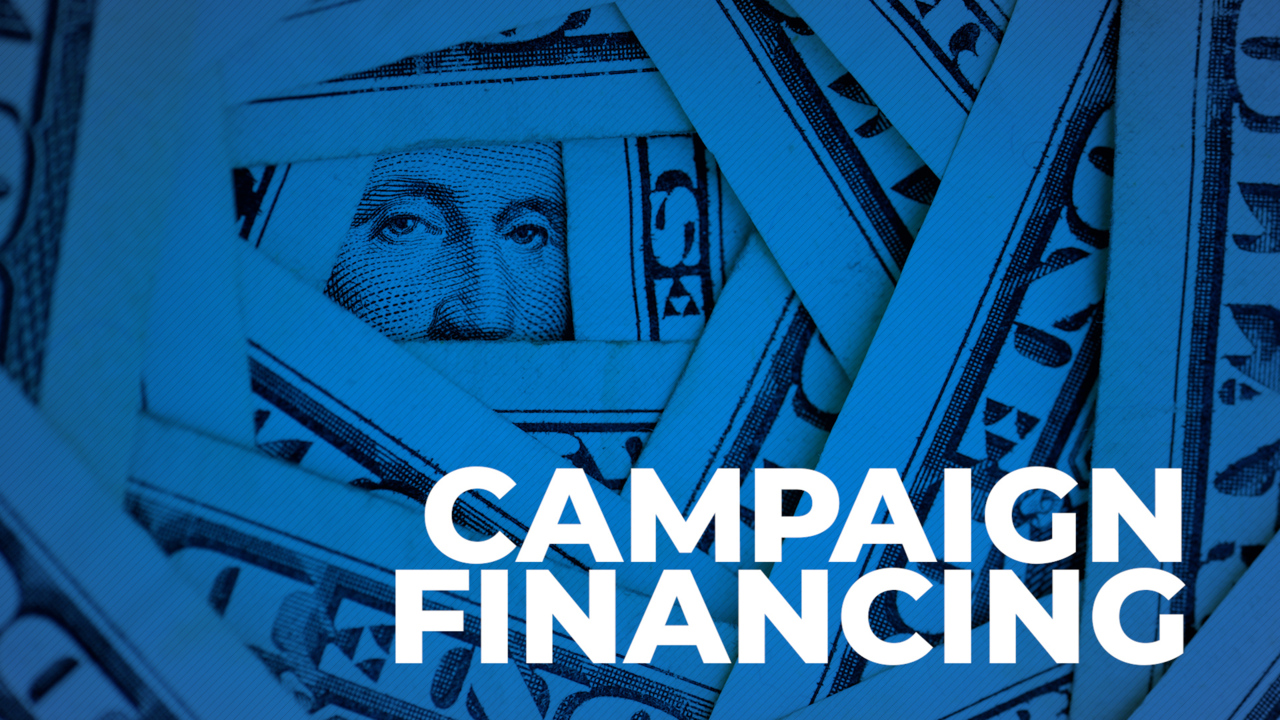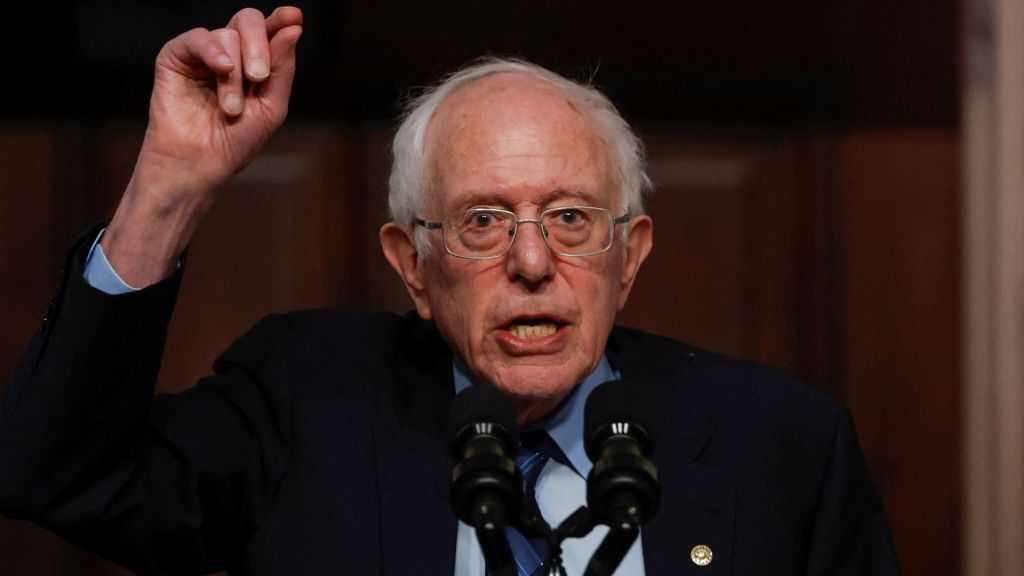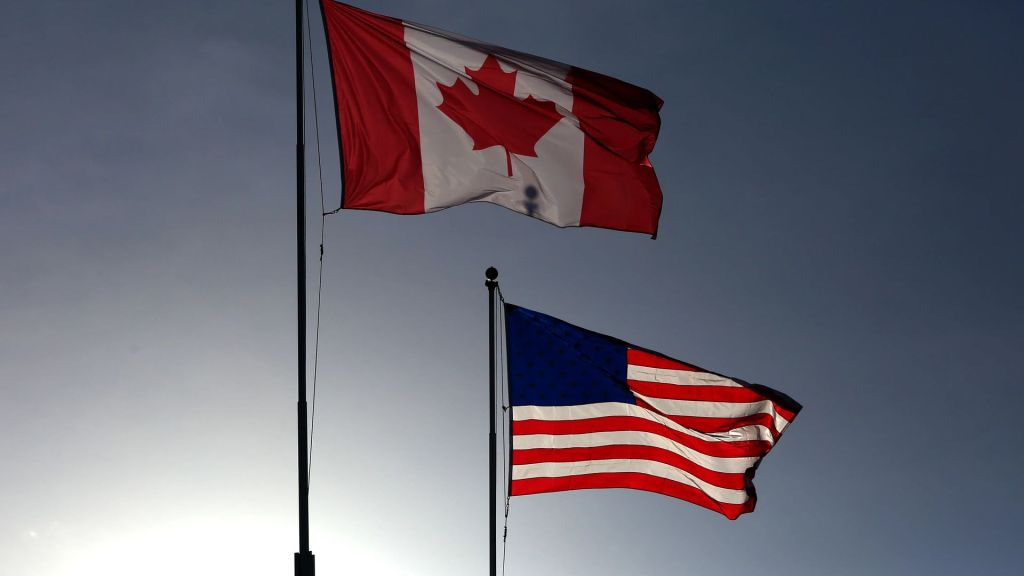
Commentary
-
Our commentary partners will help you reach your own conclusions on complex topics.
Money and politics go hand in hand. It could be a relationship only growing stronger. In 2020 spending in federal elections totaled $14.4 billion.
That’s more than double the record-breaking 6.5 billion spent in 2016. And all that money – can have an impact on results. That’s according to Straight Arrow News contributor Professor Daron Shaw. He says The average winner of a congressional race spent $1 million dollars in 2020, the average winner of a Senate race spent $7 million.
Daron Shaw: It would be a mistake I think to suggest that money doesn’t influence election outcomes in the United States. But it would also be to exaggerate that relationship. So there is a relationship between money and politics. It’s not quite as tight and powerful as some might have suggested.
So where does all this money come from?
In House and Senate races about half comes from large individual contributions, which can be up to $2,900. The rest comes from Political Action Committees and small individual contributions which range from $5 to $20 dollars.
The average contribution to a federal election in the United States is about $40, slightly less than $40. So while we talk about interest group money as being consequential, while it is consequential with respect to the total amount of money. It’s still the case that individual contributions are the dominant source of revenue in federal election campaigns in the United States.
Congress sets the rules for election finance. The first big step to do that was the Federal Election Campaign Act of 1971. It placed a cap on individual contributions, required campaigns to disclose their funding sources, and created the Federal Election Commission.
Daron Shaw: “Ironically, after the passage of the Federal Election campaign act in the early 1970’s campaign spending increased dramatically. Which shouldn’t surprise people. If you give people a blueprint on how to raise and spend money, they’ll follow that blue print. “
The law was altered by the Bipartisan Campaign Reform Act of 2002. It increased the individual contribution cap to $2,000 and created an automatic inflation adjustment. It was 2,900 for the 2021-2022 cycle and will likely be over $3,000 this year. It also outlawed soft money for parties, or money used for party building activities – like registration or information drives.
Then came Citizens United vs. the FEC which led to interest groups being allowed to spend unlimited amounts of money. Now organizations like the NAACP and the NRA can spend as much money as they want, as long as they don’t coordinate with a candidate.
But thanks to the internet, lower denomination donors have exploded. Campaigns can advertise online and receive donations almost immediately. Shaw: “So the amount of money sloshing around in the federal system has grown exponentially. But the proportion of individual vs. interest group contributions hasn’t changed all that much.”
With an evenly divided senate – the narrow fight for control of the chamber has only further emphasized the high figure spending. Early reports indicate 2022 will be another record year for campaign spending.
-
Voter ID: Facts and myths of identifying yourself at the voting booth
There’s an awful lot of debate about voter identification. Some fact, some fiction and a surplus of opinions. But what are the rules surrounding voter ID? Does it impact turnout? This article answers all those questions, but to sum it up: we certainly don’t have compelling evidence that there’s much to be gained from these… -
Electing our leaders: How election systems differ around the world
Free and fair elections are the foundation of democratic societies. But not all elections are the same. There are two main types of election systems: single member, simple plurality, or SMSP, and proportional representation. This article will explain how they both work and how they correspond to elections in the United States and around the… -
How voter registration works across the United States
When U.S. citizens want to exercise their right to vote in America, they must first register. But the rules and requirements vary from state to state. “It’s important to remember that we do not register nationally in the United States. Rather we register at the level of the county,” Professor Daron Shaw said. Why are… -
Same day, automatic registrations simplify voting in America
Voting in the United States is largely a two-step process. First you register, then you vote. But two options make voting a one-step process: same day registration and automatic registration. “The United States is somewhat distinct compared to other democracies in that we require voters for the most part to register prior to election day…
Latest Stories
-
 Getty Images
Getty Images
NCAA tournament: Teams earn automatic bids with conference upsets
-
 Getty Images
Getty Images
Did Trump violate the Hatch Act with his Tesla White House event?
-
 Getty Images
Getty Images
Taliban encouraging content creators to reshape Afghanistan narrative
-
 Getty Images
Getty Images
Yankees react to latest injury, ace pitcher Gerrit Cole will miss 2025 season
-
 Reuters
Reuters
Ukraine accepts ceasefire plan by Trump Administration
Popular Opinions
-
In addition to the facts, we believe it’s vital to hear perspectives from all sides of the political spectrum.
Latest Opinions
In addition to the facts, we believe it’s vital to hear perspectives from all sides of the political spectrum. We hope these different voices will help you reach your own conclusions.
The opinions published in this section are solely those of the contributors and do not reflect the views of Straight Arrow News.





















Latest Commentary
We know it is important to hear from a diverse range of observers on the complex topics we face and believe our commentary partners will help you reach your own conclusions.
The commentaries published in this section are solely those of the contributors and do not reflect the views of Straight Arrow News.
Dr. Frank Luntz
Pollster and Political Analyst‘Overblown’: Americans debate the merits of DEI policies
‘Biased’: What Americans think of ‘mainstream media’
‘Getting rid of them’: Americans discuss Trump and immigration